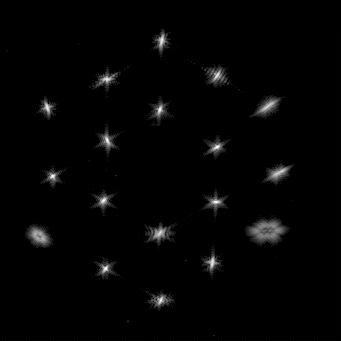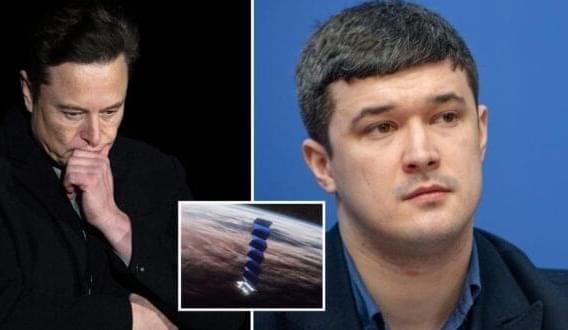Vice Prime Minister Fedorov reached out to Elon Musk for Starlink internet service in a last-ditch effort to restore internet access. As Russian forces approach Kyiv, Ukraine has been suffering internet problems.

Mykhailo Fedorov, Ukraine’s Vice Prime Minister and Minister of Digital Transformation contacted SpaceX CEO Elon Musk about the company’s Starlink satellite broadband service.
“While you are attempting to conquer Mars, Russia is attempting to invade Ukraine!” Fedorov said on Twitter. Russian missiles hit Ukrainian civilians as your rockets successfully land in orbit! We request that you send Starlink stations to Ukraine and direct all rational Russians to take a position.”
At the Vandenberg Space Force Base in California, SpaceX launched its second shipment of internet-bearing satellites on Friday. The satellites will deliver internet access to users all across the world.








